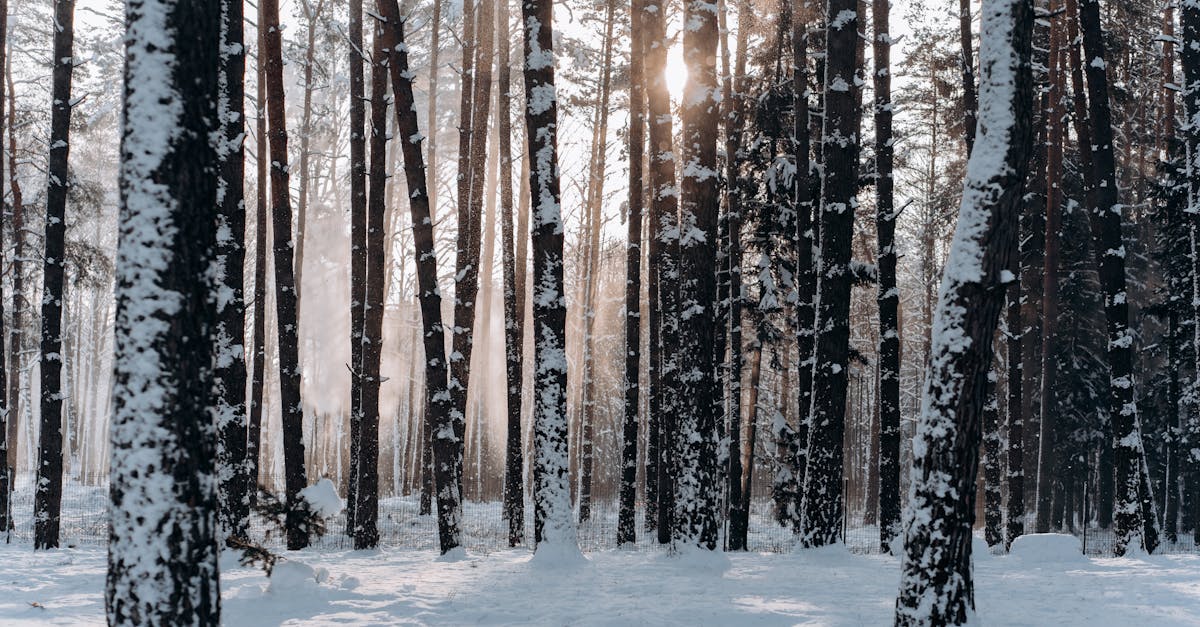Boston is known for its beautiful yet unpredictable winters, with snowfall that can vary from year to year. Understanding when snow typically begins to blanket the city can help residents and visitors alike prepare for the season ahead. In this post, we’ll delve into the details of when snow starts falling in Boston, providing you with a comprehensive overview.
| Month | Average Snowfall (inches) | Typical Snow Start Date |
|---|---|---|
| November | 1.4 | November 20 |
| December | 11.0 | December 10 |
| January | 14.3 | January 5 |
| February | 9.4 | February 1 |
| March | 4.5 | March 15 |
November: The First Signs of Snow
November marks the beginning of the winter season in Boston, although the snowfall is typically light. On average, Boston receives about 1.4 inches of snow in November, with the first snow often falling around November 20. This early snowfall can catch many off guard, as temperatures begin to drop and the days shorten, signaling the approach of winter.

December: The Snowy Onset
As December arrives, Boston transforms into a winter wonderland, with an average snowfall of approximately 11.0 inches. The typical start date for significant snow in December is around December 10. This month is characterized by a mix of light flurries and more substantial snowfalls, making it a festive time for holiday activities and events. Residents should be prepared for winter weather as the month progresses.

January: The Peak of Winter
January is often the coldest month in Boston, with the highest average snowfall at around 14.3 inches. Snow usually starts falling heavily by January 5, and it’s common to experience several significant snowstorms throughout the month. This is when the city is most likely to see blizzards, leading to school closures and travel disruptions. It’s essential to stay informed about weather forecasts during this month.

February: The Snowy Continuation
February continues the trend of winter weather, with an average snowfall of 9.4 inches. Snow typically starts around February 1, and while the month can bring milder temperatures, it also sees some of the heaviest snowfalls of the season. February is often a time when the remnants of winter storms linger, leading to snow accumulation and icy conditions.

March: The Transition to Spring
By March, the city begins to transition towards spring, but snowfall can still occur, averaging about 4.5 inches. The typical snow start date in March is around March 15. While the snow is less frequent than in the earlier winter months, it can still be significant, especially in the first half of the month. Residents should be prepared for the occasional late-season snowstorm.

FAQ
When does Boston typically get its first snow?
The first snow in Boston often occurs in late November, with an average start date around November 20. However, this can vary year to year depending on weather patterns.
How much snow does Boston usually get in December?
In December, Boston averages about 11.0 inches of snow, making it one of the snowiest months of the winter season. Significant snowfalls often begin around December 10.
What is the snowiest month in Boston?
January is typically the snowiest month in Boston, with an average snowfall of 14.3 inches. Heavy snowfalls and blizzards are common during this time.
Is it common for Boston to have snow in March?
Yes, it is common for Boston to experience snow in March, with an average snowfall of about 4.5 inches. Snow can still occur, especially in the early part of the month.
For more detailed weather information and updates, you can visit the [National Weather Service](https://www.weather.gov/) and the [Boston Weather](https://www.weather.gov/okx/) websites. These sources provide reliable forecasts and historical weather data that can help you stay informed throughout the winter season.
